Metal Valve Stems Vs Rubber: Exploring the Pros and Cons
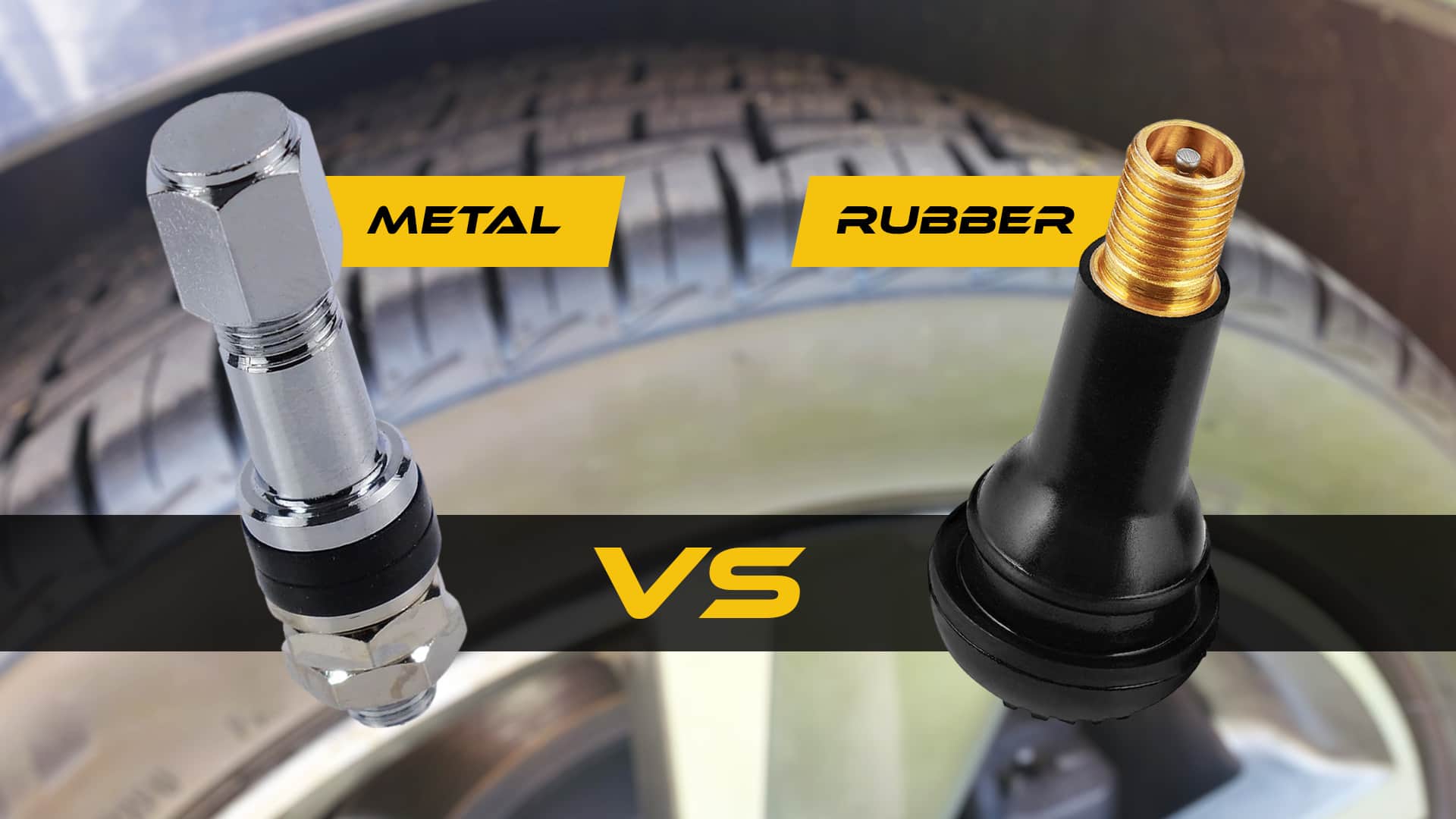
When it comes to mounting wheels and tires, valve stems play an important role in ensuring proper inflation and holding the air pressure within the tire. There are mainly two types of valve stems: metal and rubber.
What are Valve Stems?
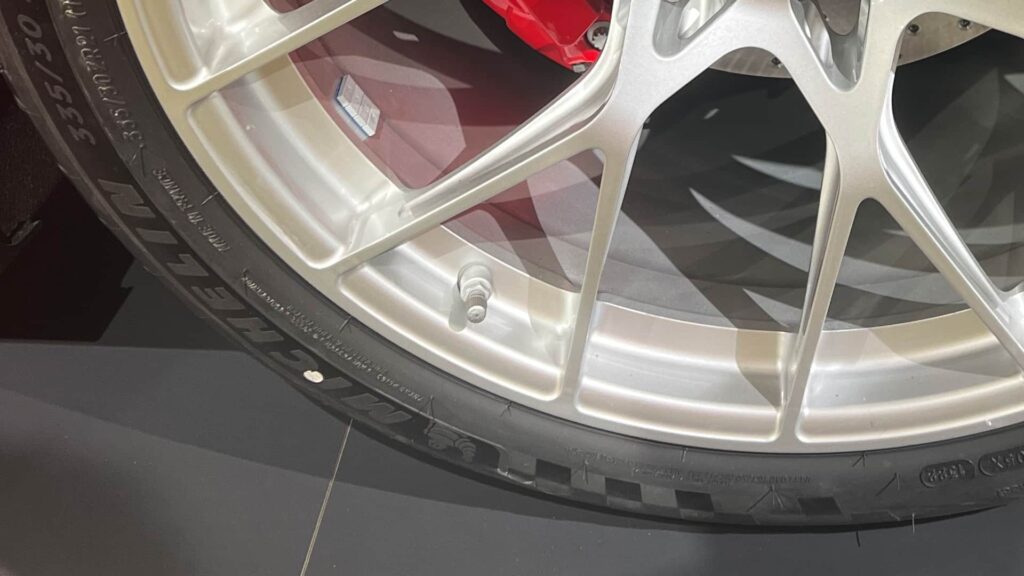
Tire valve stems are little rubber tubes that stick out from the wheels of cars, bikes, and other vehicles. They’re kinda like straws that let add or release air pressure when needed.
Without functioning valve stems, you wouldn’t be able to maintain proper tire pressure, which is super important for driving safely and extending the life of your tires.
Rubber Valve Stems
Advantages of Rubber Valve Stems
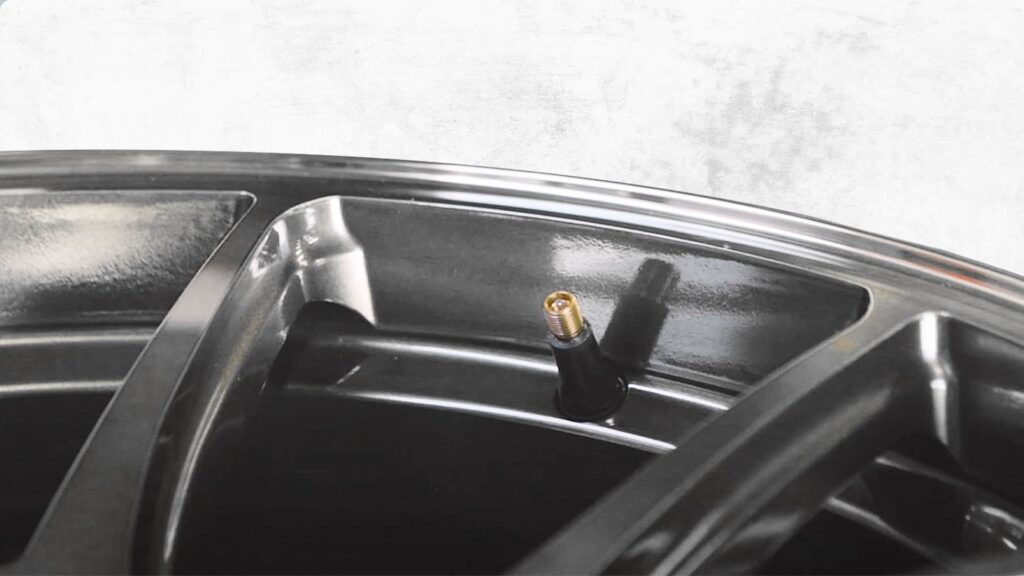
Disadvantages of Rubber Valve Stems:
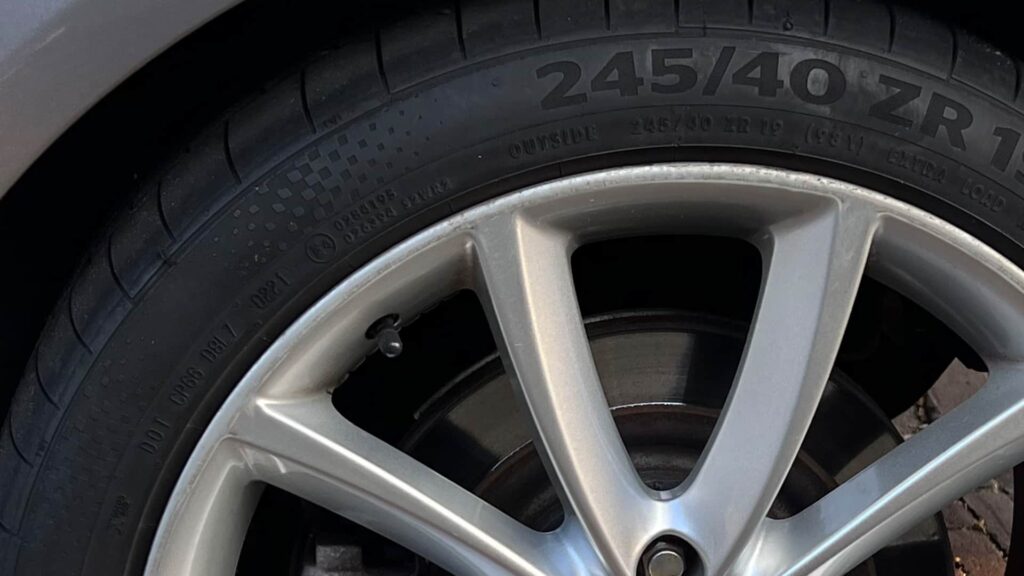
Metal Valve Stems
Advantages of Metal Valve Stems
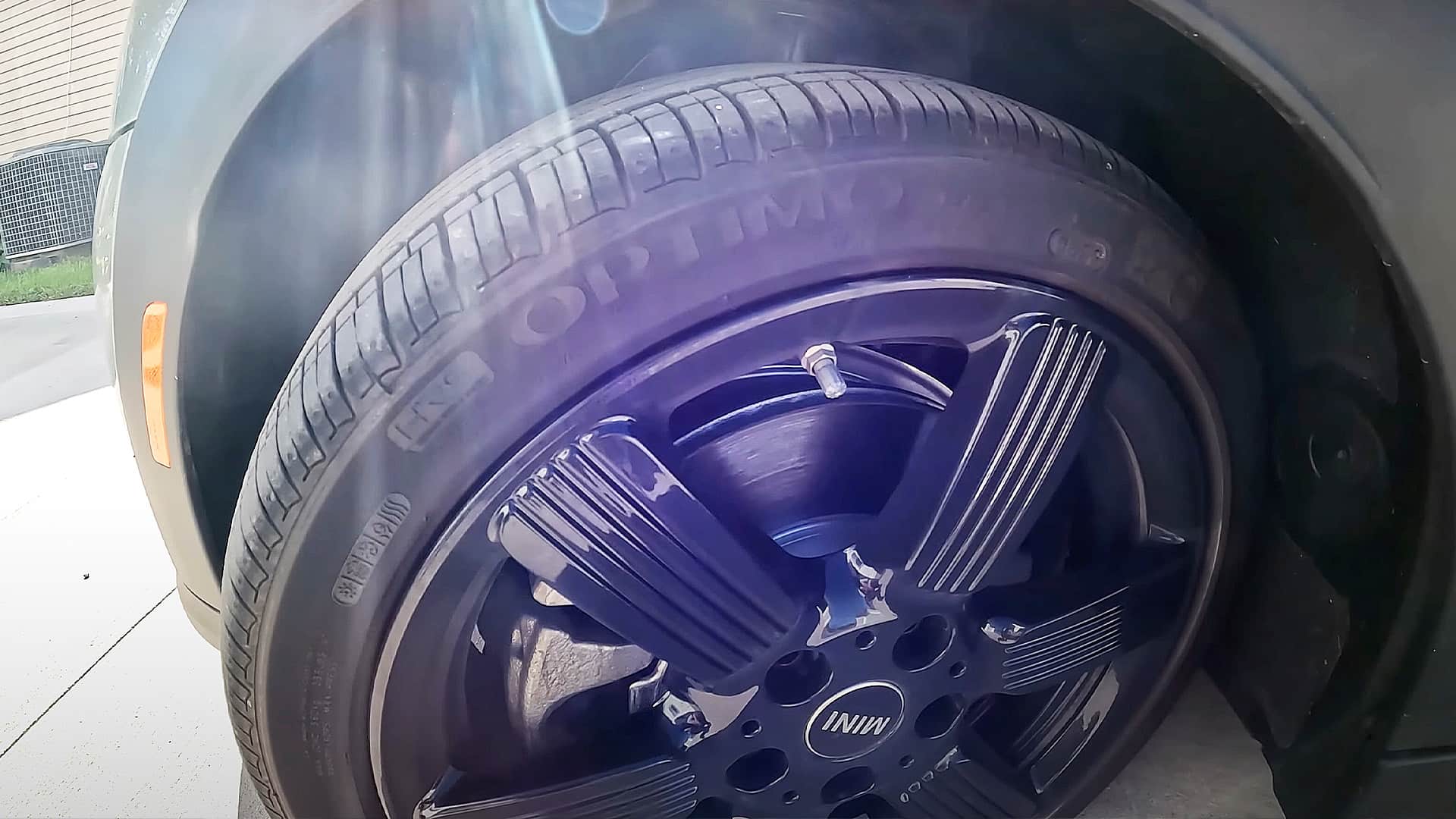
There are several advantages to using metal valve stems.
Disadvantages of Metal Valve Stems:
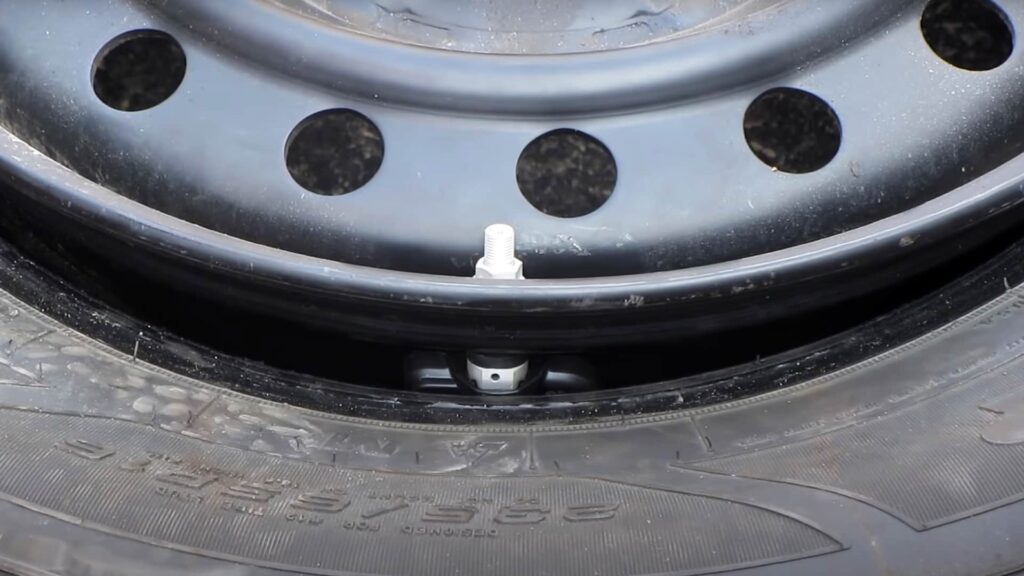
Despite their benefits, metal valve stems also have some disadvantages.
So, Which is Right for You?
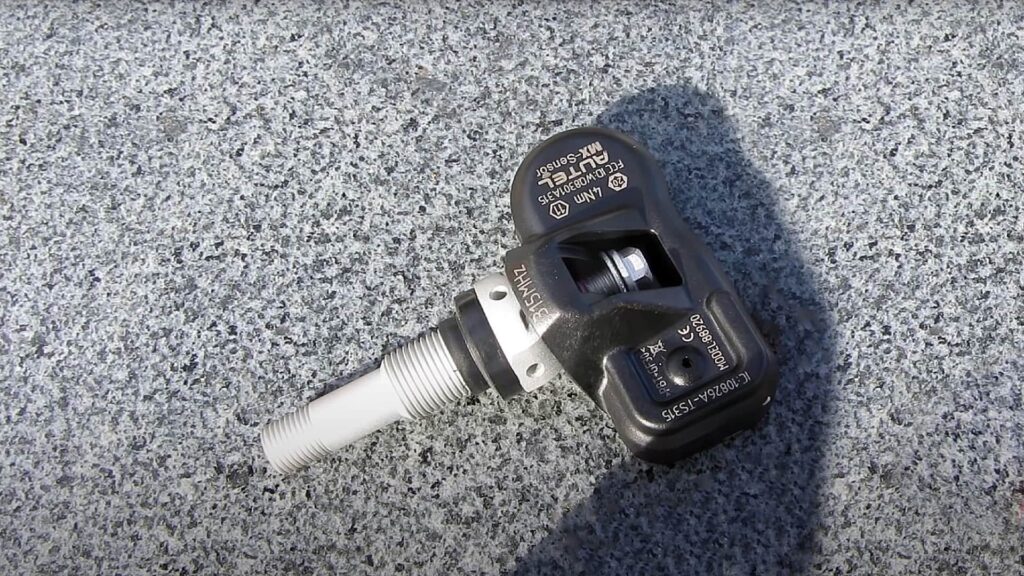
Which one is best for you comes down to your preference and intended use. If you plan on racing regularly and want more durability from your valve stems, then metal might work better for you.
The rubber pull-through valve stems are an excellent choice for everyday use due to their forgiving flexibility and lack of maintenance requirements.
How Do They Differ: Metal Valve Stems Vs Rubber?
Material and Durability
Metal valve stems and rubber valve stems have a few differences. Metal valve stems are created with brass material, while rubber ones use synthetic rubber. The type of material utilized can influence the lifespan and sturdiness of the valve stem.
Metal valves outlasts its counterpart when it comes to durability as they are built with stronger materials than rubber valves. However, they may corrode faster than rubber ones over some period of time. Though not that robust against heavy wear, rubber valves still resist corrosion better.
Installation
When it comes to installation, metal valve stems can be trickier to install than rubber due to their less pliable characteristic making it harder to get a tight seal. On the other hand, rubber valves are more flexible in nature, so they can be simpler to install.
Also, metal valves require a unique wrench for installment/removal compared to standard wrenches used by default on most wheels covering both installment/removal in case of Rubber Valves making work simpler and hassle-free.
Size
Size-wise, metal valve stems tend to be smaller compared to their rubber counterparts, which can make them more challenging when inflating or deflating tires and checking air pressure.
This is because larger diameter valves like in the case of rubber valve stems offer better usability compared to compact ones.
FAQs
Why Do Valve Stems Leak?
Valve stems may start to leak due to exposure to extreme weather conditions or the gradual wear and tear associated with aging.
Corrosion and physical damage are also common factors. Corrosion occurs when metal valve stems are exposed to moisture for extended periods, leading to rust formation that compromises their structural integrity. Physical damage could be caused by debris hitting the metal valve stems while driving or improper handling during tire maintenance.
Are Valve Stems Universal?
Valve stems used in passenger cars and trucks are typically of the Schrader-style, either made from rubber or metal. While there may be slight variations between valve stems, they are generally universal designs.
How Long Does The Metal Valve Stem Last?
Metal valve stems can last up to ten years or more with proper maintenance. However, the lifespan may vary based on factors such as driving conditions, exposure to harsh weather elements, and regular maintenance history.
How Can I Tell If My Valve Stem Needs To Be Replaced?
If your vehicle’s tire pressure remains low despite inflating them regularly or If you notice any visible signs of rust or physical damage on the valve stem, it indicates a need for replacement.
Are Valve Stem Caps Universal?
Valve stem caps have the same thread pattern and can fit on any passenger vehicle’s valve stem, whether it uses a rubber or metal valve stem. As such, they are interchangeable between all types of valve stems.
